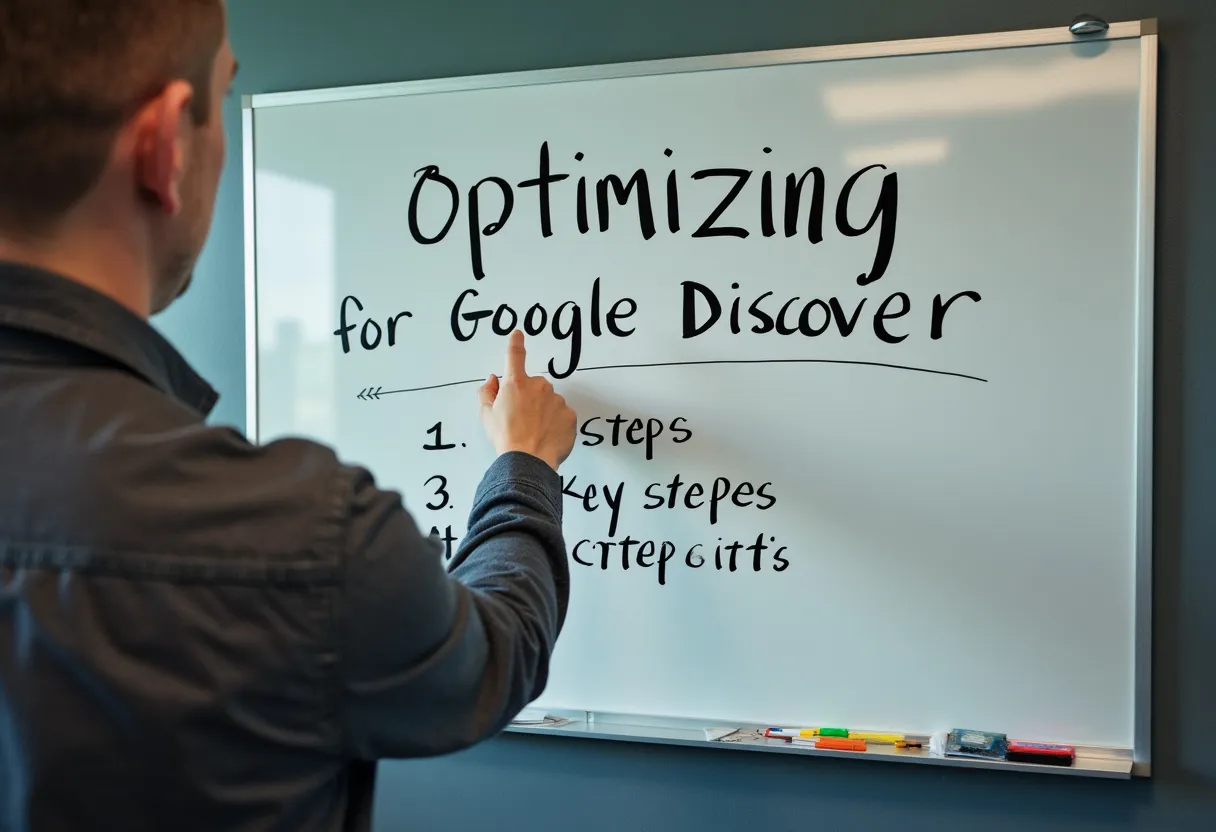Optimizing for Google Discover
Definition
Optimizing for Google Discover involves enhancing your website’s content and technical aspects to increase its visibility and engagement on Google’s personalized content feed, Google Discover. Google Discover is a feature that delivers articles, videos, and other content to users based on their interests and search history, without the need for explicit search queries. This optimization is crucial for reaching a targeted audience and driving organic traffic to your website.
How It Works
Google Discover uses machine learning algorithms and various data points to generate a user’s feed. Here are the key components:
User Data
Google analyzes a user’s search history, browsing behavior, and interests to display relevant content.
Topic Layer and Google News AI/ML
These mechanisms help in understanding user interests and providing various perspectives on news and other topics.
Content Refresh
The content in Google Discover is automatically updated as new content is published, but it also includes evergreen content that remains relevant over time.
Why It Matters
Optimizing for Google Discover is important for several reasons:
Increased Visibility and Traffic
Google Discover reaches millions of users daily, offering substantial visibility and exposure to a broader audience. Featuring your content can drive significant traffic to your website.
Enhanced User Engagement
Since the content is personalized, it is more likely to resonate with users, leading to higher engagement and meaningful interactions with your site. Users can also follow specific publications, leading to more loyal return visitors.
Brand Visibility and Credibility
Prominent placement on Google Discover enhances brand visibility and credibility, helping to build trust and loyalty among users.
Best Practices
To optimize your content for Google Discover, follow these best practices:
Create High-Quality Content
Ensure your content is comprehensive, original, and provides unique insights or analysis. Avoid duplicate or low-quality content.
Focus on creating content that aligns with user interests and preferences. Conduct keyword research to identify popular topics and keywords among your audience.
Optimize Your Titles
Use page titles that capture the main topic of the content without being clickbait. This helps the algorithm quickly determine the relevance of your content to a particular user.
Use Compelling, High-Quality Images
Use large, high-quality images that are at least 1200 pixels wide and enable the max-image-preview:large setting in the <head> section of your page. Ensure images are relevant to the content and avoid using site logos.
Improve E-E-A-T (Experience, Expertise, Authoritativeness, Trustworthiness)
Demonstrate experience, expertise, authoritativeness, and trustworthiness within your content. This is crucial for showing that your content is worthwhile to display to users.
Optimize for Mobile
Since Google Discover is predominantly accessed on mobile devices, ensure your website and content are mobile-friendly. Use responsive design, optimize images and videos for mobile, and ensure easy navigation and readability on small screens.
Utilize Structured Data
Implement schema markup to provide additional context and information about your content. Use structured data types such as Article, NewsArticle, VideoObject, and Breadcrumb to help Google better understand your content and demonstrate topical authority.
Focus on User Intent
Understand what your users are looking for and create content that aligns with their interests and preferences. This involves understanding user behavior and interests to provide relevant content.
Track and Report Performance
Use Google Search Console to track and monitor your Google Discover traffic. Review metrics such as clicks, impressions, average click-through rate (CTR), and the content types driving the most engagement to shape your future content strategy.
Conclusion
Optimizing for Google Discover can significantly increase your website’s visibility and engagement, ultimately driving more organic traffic and building a loyal audience. By focusing on creating high-quality content, optimizing for mobile, utilizing structured data, understanding user intent, and improving E-E-A-T, you can ensure that your content stands out in the personalized feeds of users.
Ensure you also monitor performance metrics to continually refine your strategy and adapt to changing user behavior and interests. Incorporating related terms such as Google Discover Optimization, Core Web Vitals, Core Web Vitals Optimization, Mobile-First Indexing, Crawl Budget Optimization, Content Freshness, Content Velocity, User Experience (UX), User Intent, and CTR Optimization (Click-Through Rate) can further help improve internal linking and provide more value to your users.



